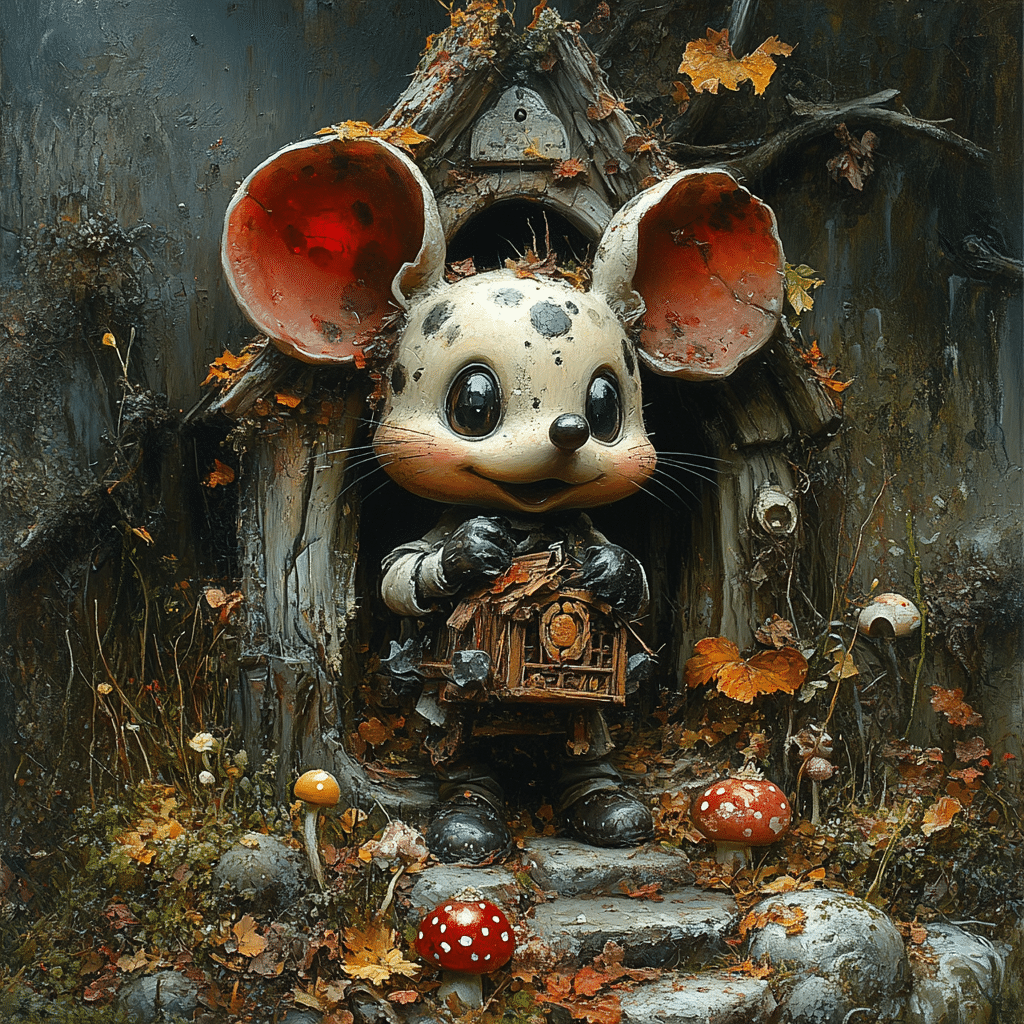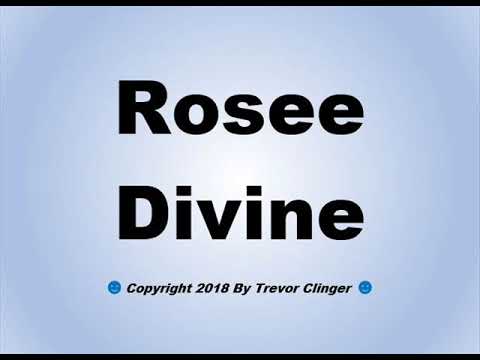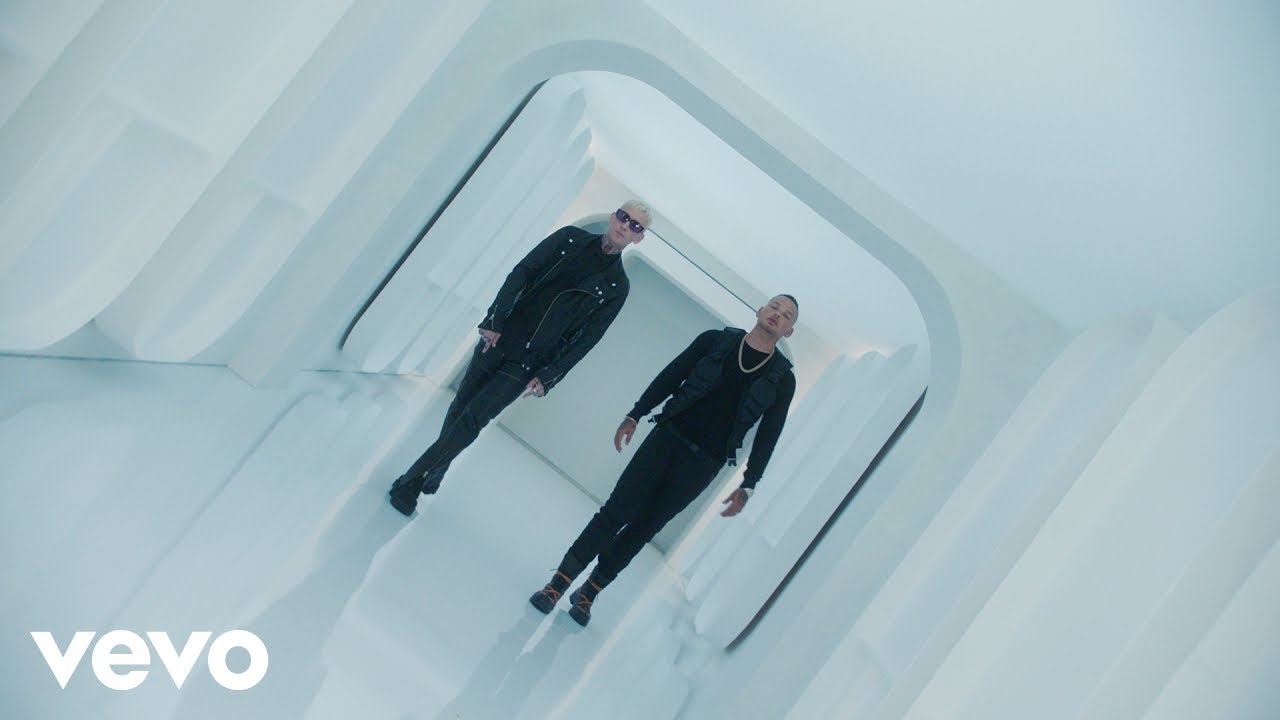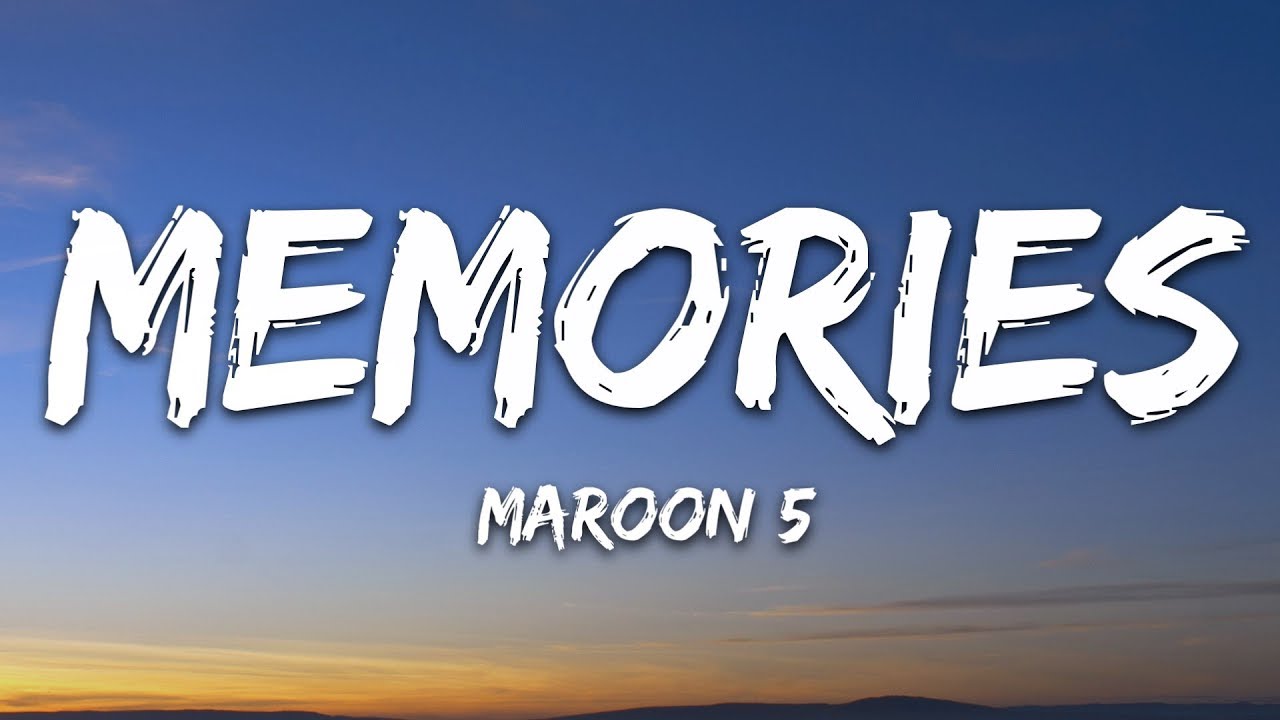Memory—a divine gift that shapes our existence. It influences our identities and dictates how we perceive both the past and the future. This powerful entity acts as both ally and adversary, a devil or a beacon of light in our lives. The way we remember impacts everything from our relationships to our decisions, weaving a rich tapestry that forms the essence of our narratives. Buckle up, cinephiles! Let’s embark on a captivating exploration of memory and its enduring influence in the cinematic world.
Memory: A Divine Gift Shaping Our Existence
Cinematic storytelling often reflects our relationship with memory, imbuing films with layers of meaning. Look at classics like The Notebook, where memory serves as the lifeblood of love, framing each moment with nostalgia. Films can evoke cherished memories from viewers, prompting reflections on love lost or friendships forged. When we think back on our favorite flicks, we’re actually reliving a complex flow of memories—the joy of watching a film adaptation of our beloved novel, or the excitement of revisiting iconic 80s TV Shows that shaped our childhood.
Memory helps mold our identities, acting like a scrapbook filled with moments that define us. It’s where personal experiences meet shared histories, such as collective memories of significant events like 9/11 or the Vietnam War. Cultural narratives provide context, shaping how we engage with art, media, and each other. Think of community landmarks like the Vietnam Veterans Memorial; they honor individual memories while fostering a shared space for collective healing.
Yet, memory isn’t just about the past; it’s ever present in our day-to-day lives. It fuels our creativity, inspires our passions, and influences our future choices. Whether we’re going down memory lane watching a cult classic or discussing awards season predictions, memory shapes how we view the world and connect with others.

7 Revelations About Memory’s Flow: From Origin to Aftermath
1. The Notebook of Collective Memory
Memory is a personal affair, but it also extends into the collective. Think of it as a vast notebook filled with stories shared by generations. Societal memories encapsulated within cultural narratives distinguish collective history. For instance, the legacy of memorials like the Vietnam Veterans Memorial goes beyond honoring those lost; they invite reflection and remembrance. Imagine standing before it, surrounded by people, each facing their own memories yet united in grief and tribute.

2. Falling into the Sleeper’s Trap
Ever felt like an old commercial pops into your head, even years later? That’s the “sleeper effect” in play! Research shows that some beliefs or narratives can linger, surfacing when you least expect them. Remember that jingle from the cereal ad you thought you forgot? It shapes your decisions years down the road. Advertisements can worm their way into our memory, subtly influencing our consumer habits and pop culture perspectives.
3. Devils of False Memory
Memory isn’t foolproof; it’s a tricky devil! Elizabeth Loftus’s groundbreaking “Lost in the Mall” study showcases how people can be led to believe in events that never occurred. This reveals the potential for memory distortion, which can have serious consequences in legal situations. When structuring our personal narratives, it’s vital to be aware that our memories are sometimes unreliable, raising questions about accountability and perception.
4. Divine Origins of Nostalgia
Nostalgia isn’t just a warm and fuzzy feeling; it’s rooted in memory’s divine origins. Psychology suggests that nostalgia serves vital emotional functions, especially during turbulent times. Brands like Coca-Cola capitalize on this by tapping into nostalgic memories in their marketing—think of their iconic holiday commercials bringing families together. It’s a genius move that stirs emotions while building loyalty. Nostalgia connects us to our roots and reaffirms our shared experiences over time.
5. The Imprint of Descendants
Did you know that some memories and traumas can transcend generations? Emerging research in epigenetics suggests that significant experiences, like war or tragedies, can embed themselves within our DNA. This ripple effect of memory creates a lasting imprint on our descendants. Films like The Boy in the Striped Pajamas exquisitely depict the lingering impacts of memory, emphasizing how the shadows of the past shape the lives of future generations—even when they’re unaware.
6. Memorable Aftermaths in Cinema
The aftermath of events shapes not just our memories but also cinematic narratives. Movies like Eternal Sunshine of the Spotless Mind dive into the profound complexities of erasing memories, confronting how memory influences love and identity. By exploring the histories we carry, these films provide compelling commentaries on human experiences, illuminating how love, loss, and pain intertwine.
7. Continuing the Legacy of Memory Through Technology
In our digital era, memory capture has reached new heights. Social media platforms like Facebook and Instagram serve as modern-day notebooks. We curate our memories online, often leading to questions about authenticity and representation. What happens to our perception of reality when we filter our experiences? Are these snapshots showcasing the whole truth? Technology transforms how we document life, pushing us to ponder what we choose to remember—and what we forget.
As we probe deeper into memory’s nuances, we uncover its power—the way it shapes our decisions, influences our identities, and weaves through the fabric of storytelling. Embracing the complexities of memory allows us to navigate the intricate pathways of past, present, and future. By appreciating its depth, we ensure that memory continues to resonate, carving its path through time and leaving impressions on us and our descendants.
Memory remains an enigmatic force, deeply embedded in our culture, intertwining our lives and stories. Whether through film, art, or social interactions, it forms a rich backdrop to our shared existence. So, the next time you settle in for a movie night or scroll through old photos, remember: you’re not just reliving moments; you’re engaging in a timeless journey through memory’s unforgettable flow.
Memory: An Unforgettable Journey Through Time
The Intricacies of Memory
Memory serves as our mental time machine, allowing us to revisit places and moments long gone. Interestingly, scientists estimate that the brain can hold up to 2.5 petabytes of data, a number so enormous it’s mind-boggling! That’s roughly equivalent to three million hours of TV shows. Just think about the stories hiding within our minds—much like the diverse landscapes found in places like Buffalo, NY. This city’s blend of history and culture paints a vivid backdrop for the cherished memories of its inhabitants.
But did you know that memory is also tied to emotional experiences? Often, the recollection of a specific event can be triggered by stimuli like a song or a familiar smell. Similar to how a deep breath can bring back a flood of memories or ease anxiety, emotions play a major role in whether we retain a particular recollection. This level of engagement with our emotions isn’t just personal; it’s a phenomenon explored in films like Close, which dives deep into the emotional architecture of human connections.
The Science and Art of Memory
As we delve further, let’s consider something rather surprising: sharing memories actively helps solidify them. When friends reminisce about their shared experiences, it bolsters the connection and even alters the way those memories are stored. This aspect is akin to how a mortgage loan Prequalification prepares a buyer for homeownership—building a solid foundation for future endeavors. While you plant the seeds of memory, you cultivate deeper relationships that might just stand the test of time.
But, of course, memory isn’t flawless. Ever had the experience of recalling a vivid memory only to discover it was a slight embellishment? That’s the fascinating thing about memory—it’s as fragile as a blow-up doll; it can pop or change shape with the slightest pressure or stress. The way we remember events can be molded by biases and societal influences, much like in psychology where factors like the population dynamics of places like Nevada shape narratives around shared experiences. So, the next time you reminisce, consider how your own biases might be at play!
Ultimately, memory is a treasure trove waiting to be explored. As we learn about its intricacies, we’re reminded that each moment captured in our minds holds the potential for tremendous joy and insight. Whether you’re delving into the financial insights shared by Sheffield Financial or reflecting on a personal journey inspired by flicks like “Breath, the voyage into memory is indeed unforgettable.








